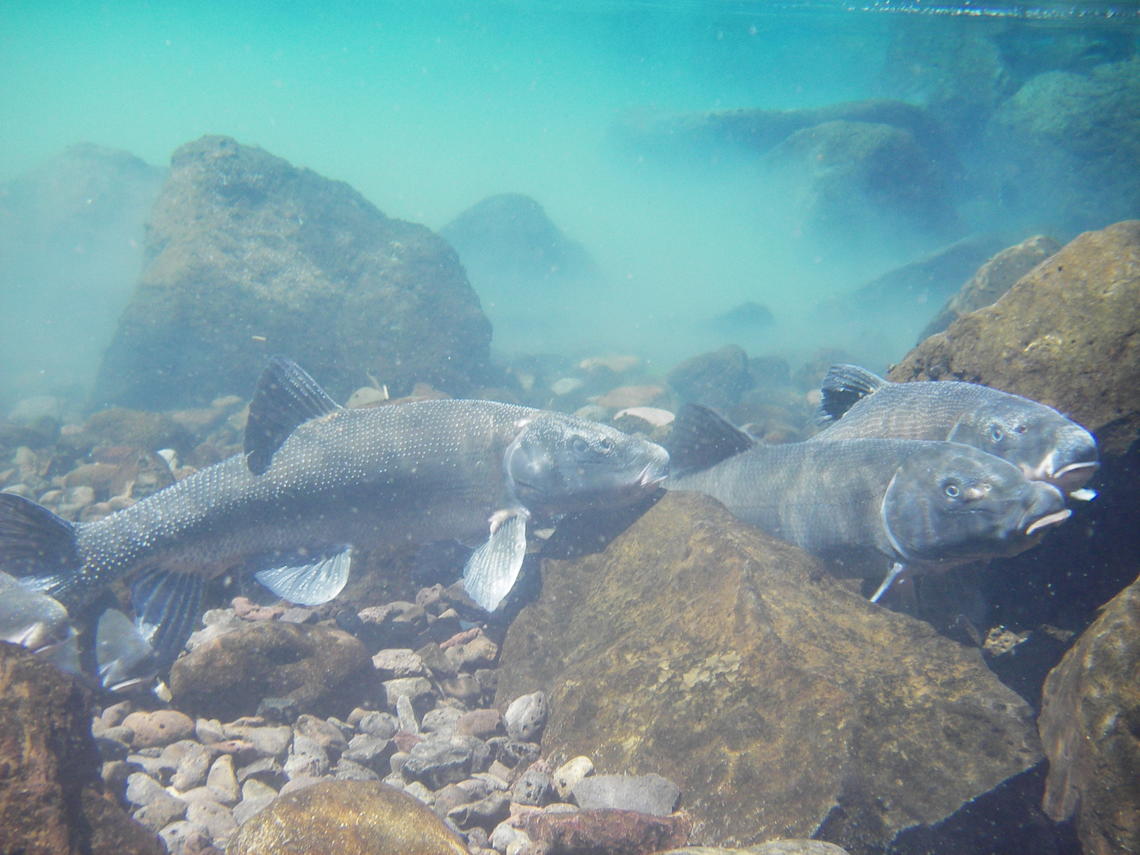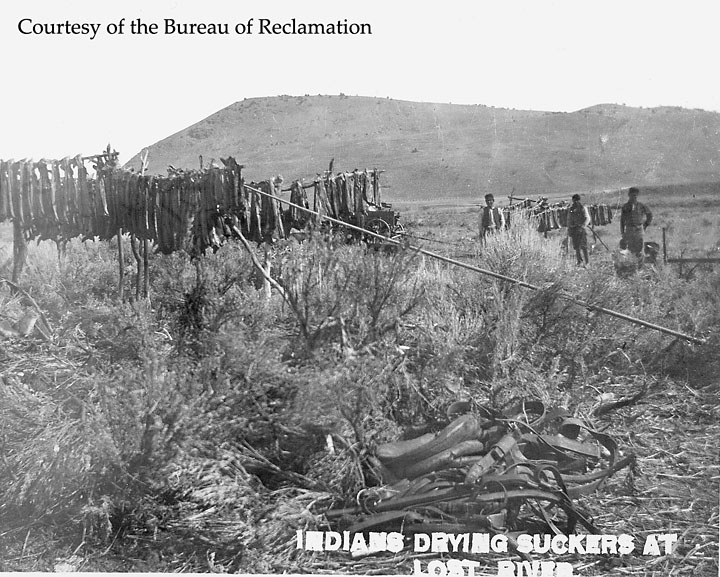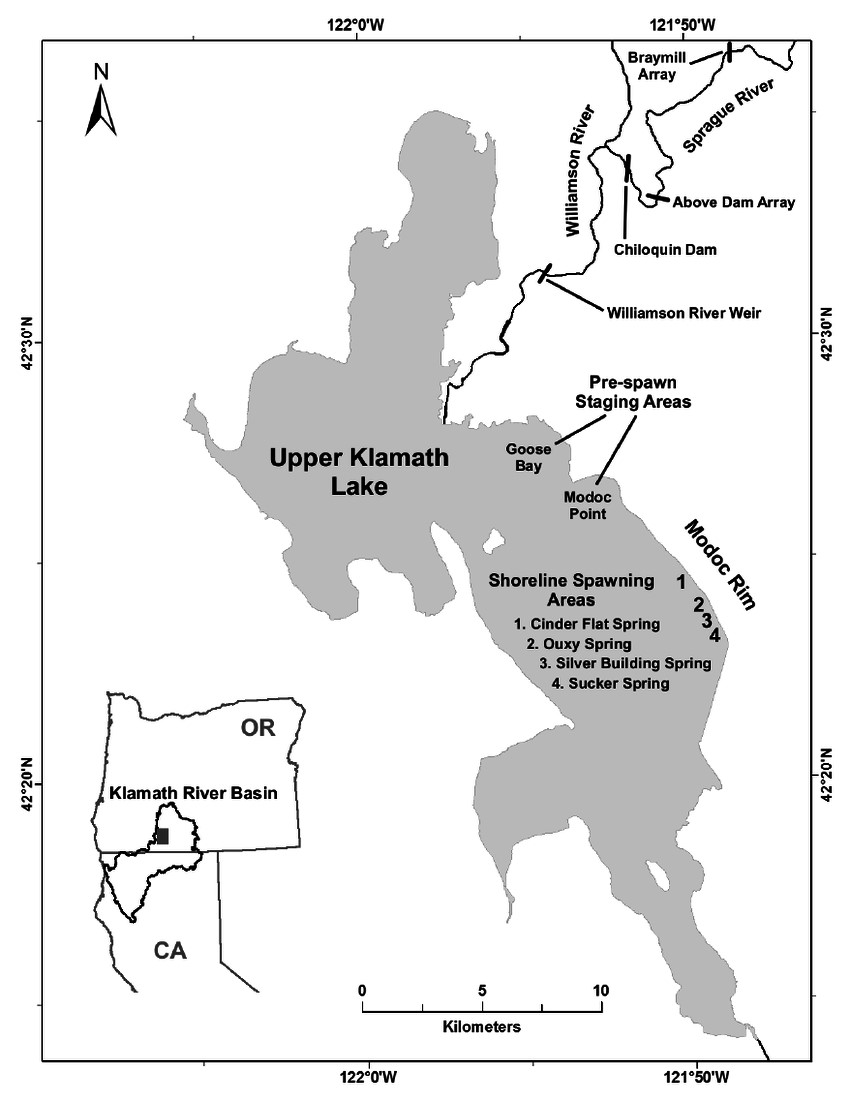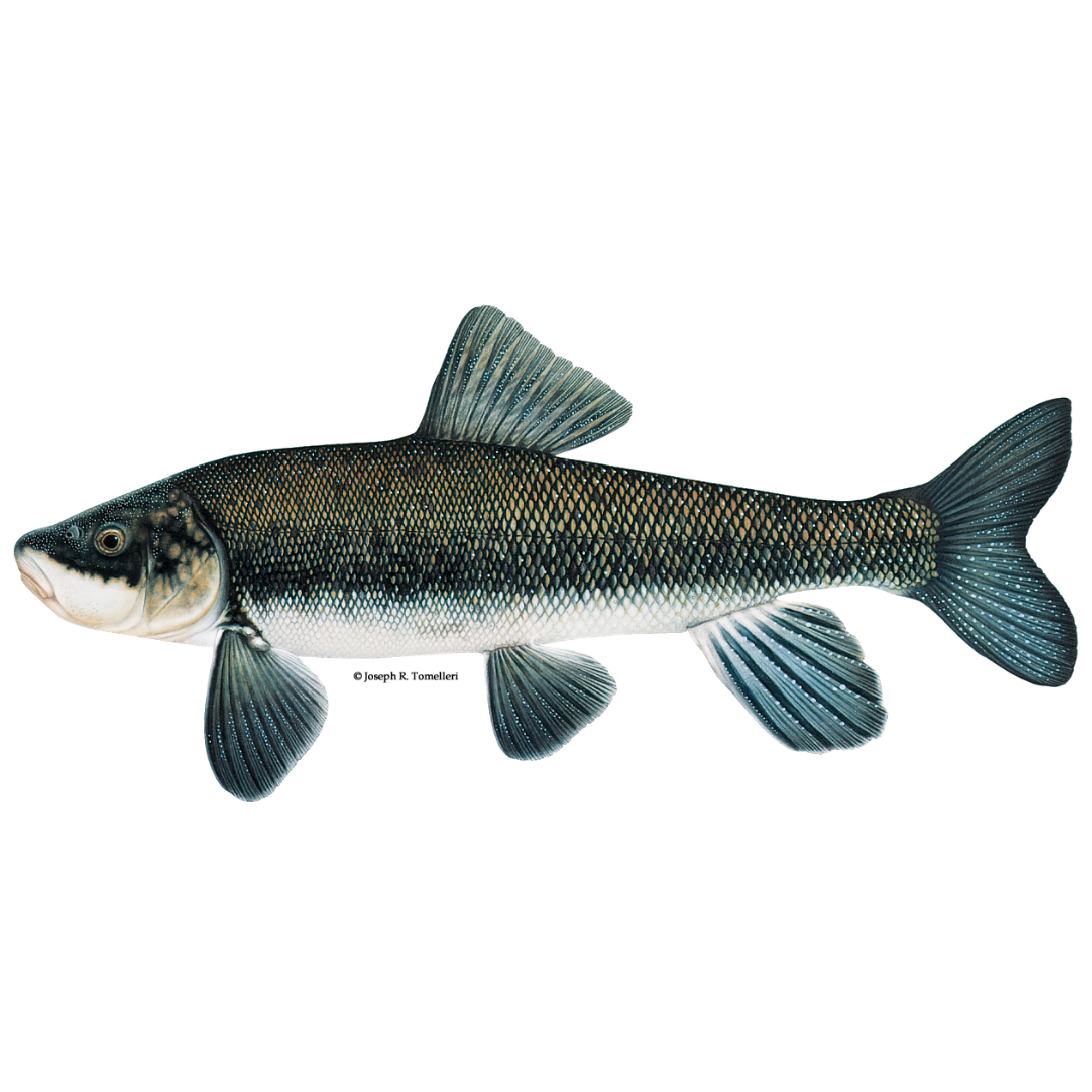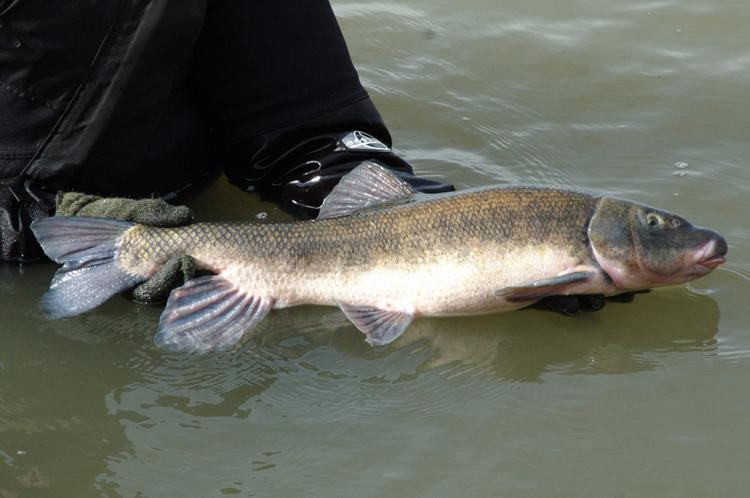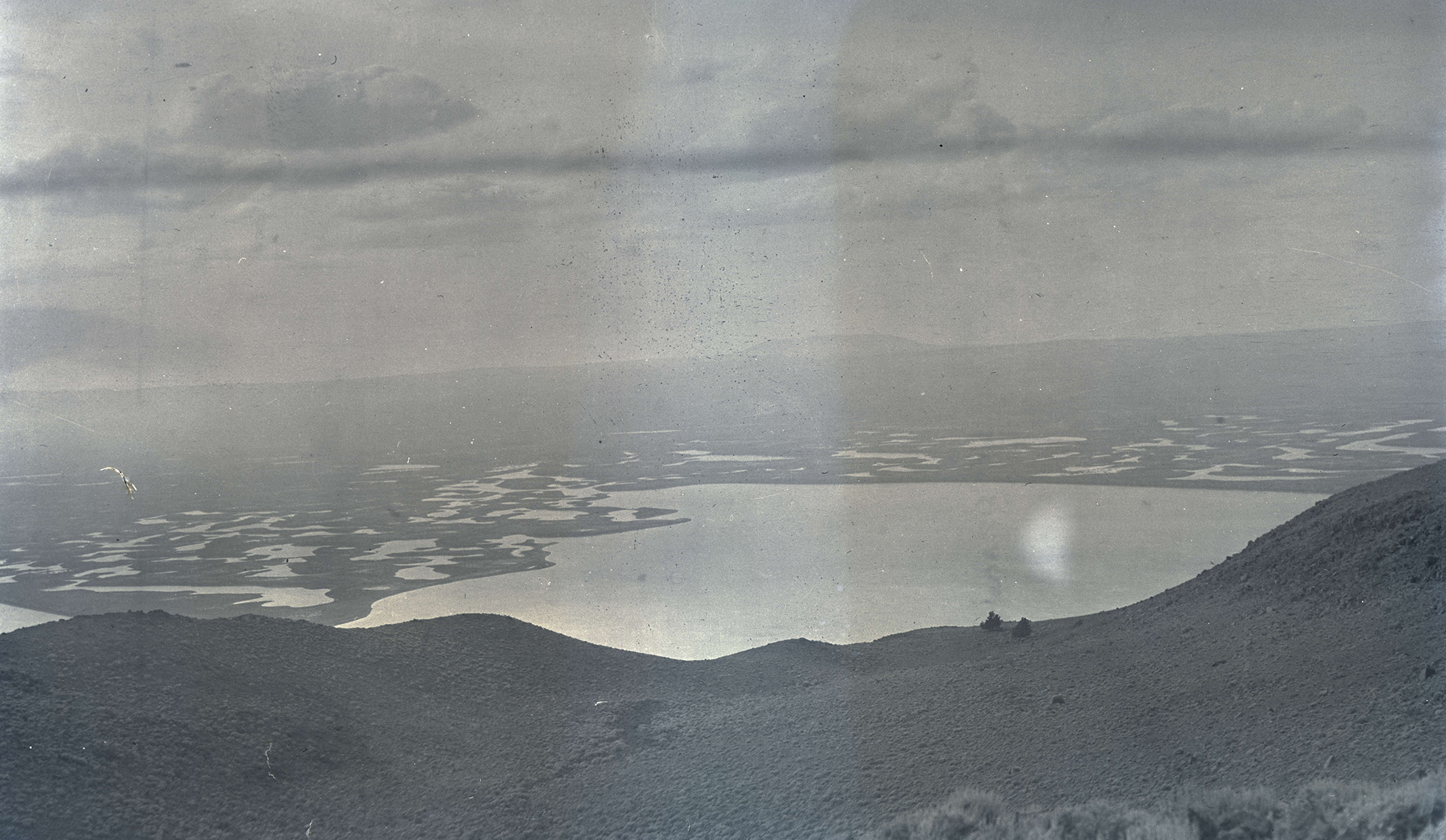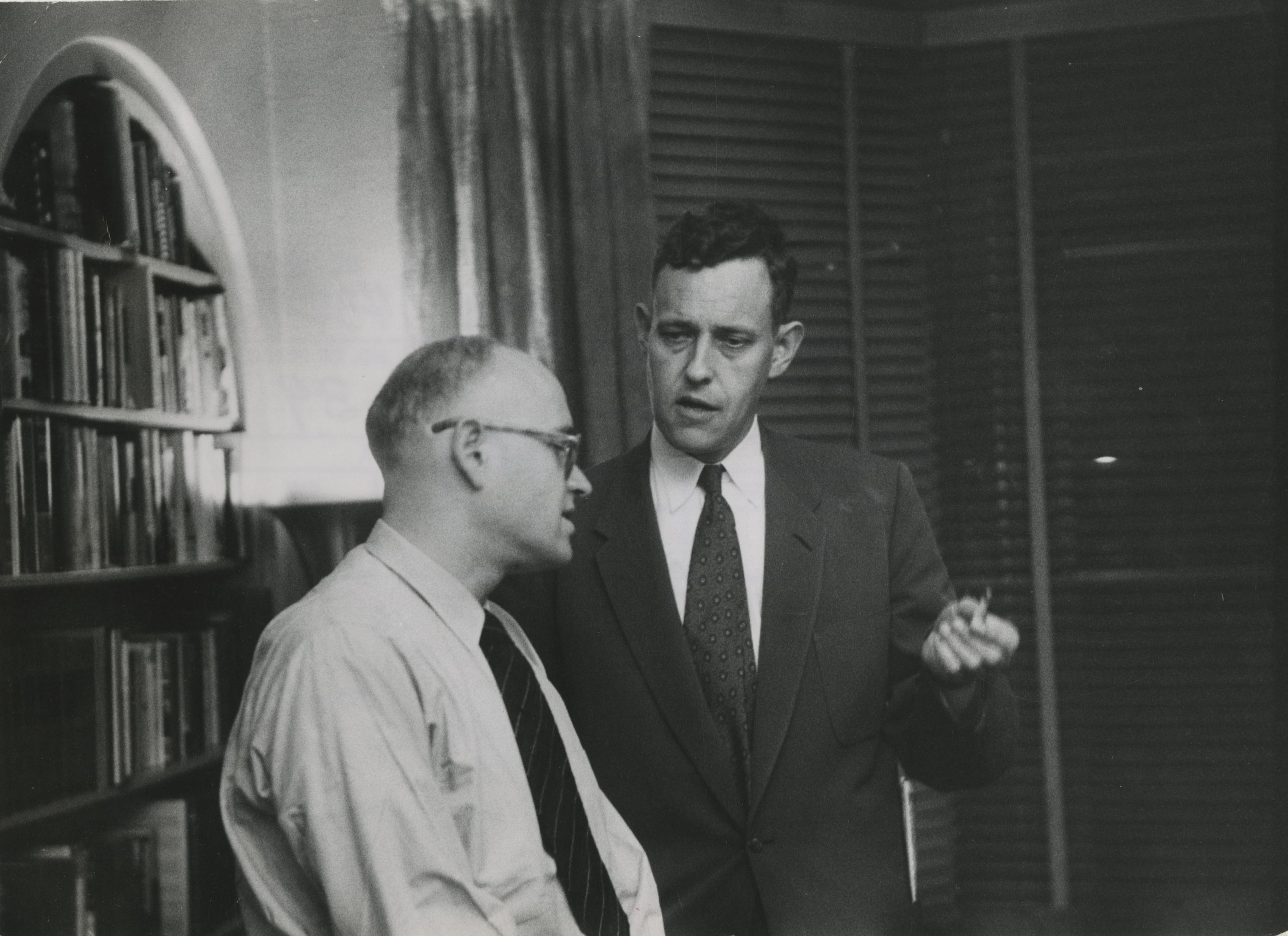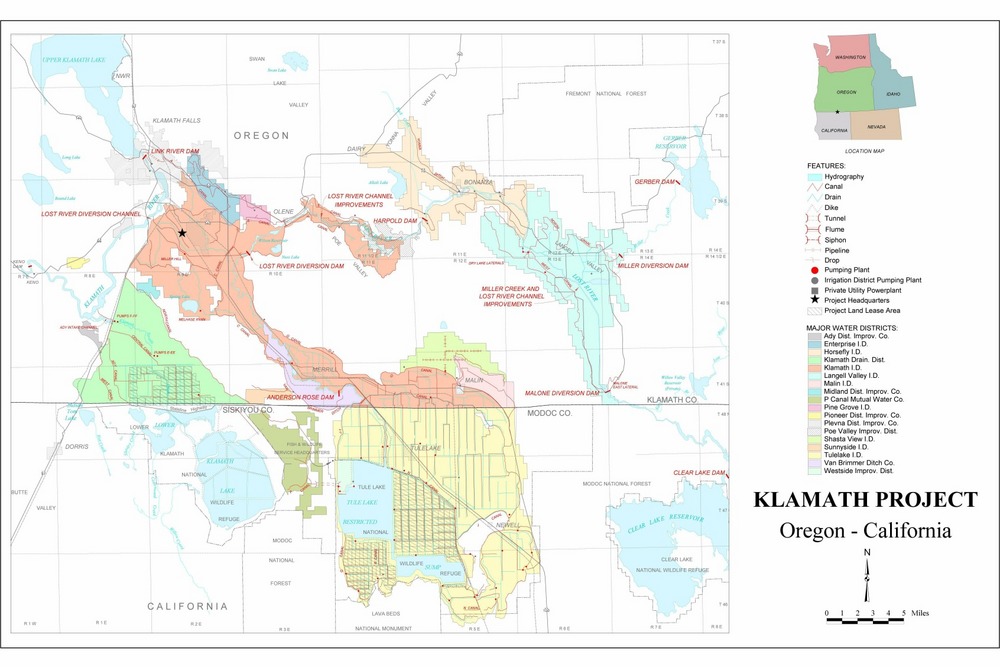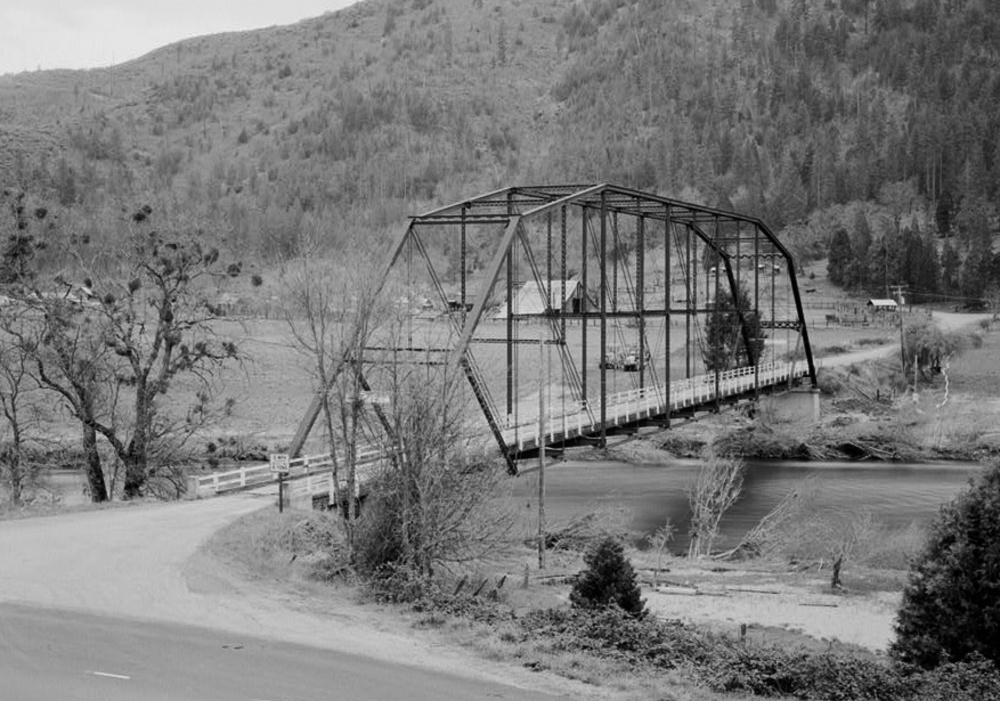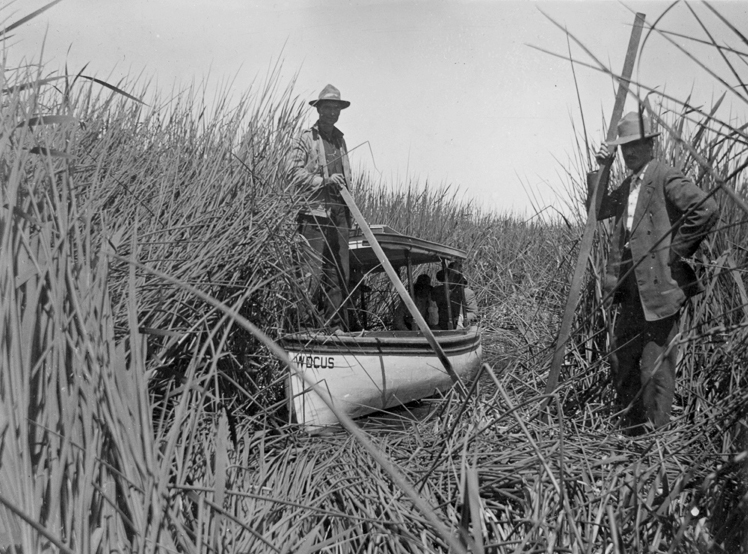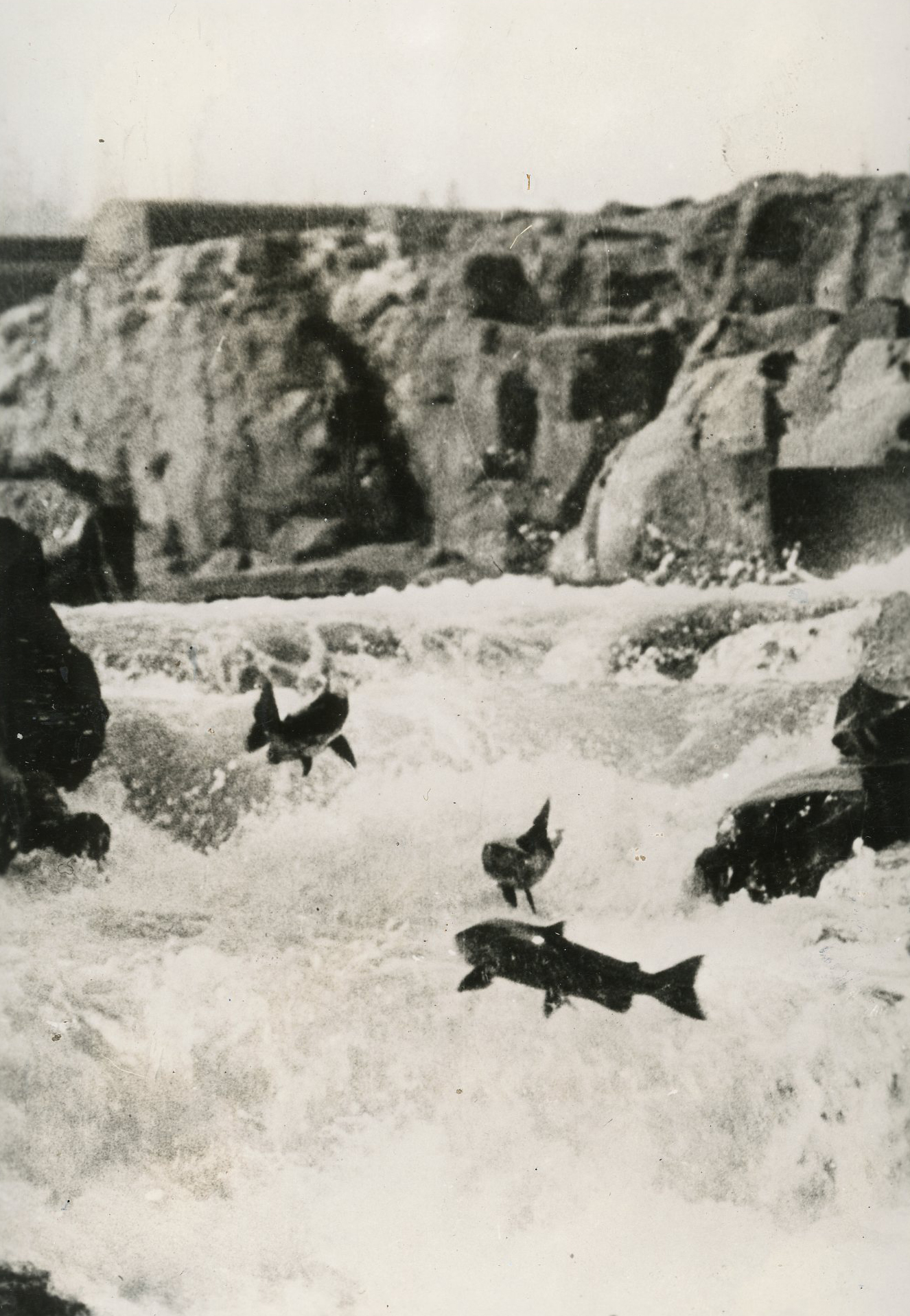Since Lost River suckers (Deltistes luxatus) and shortnose suckers (Chasmistes brevirostris) hatched in the early 1990s, almost none of the fish have survived to adulthood. When full grown, Lost River suckers are the largest of the Klamath suckers, averaging about two and a half feet long, whereas shortnose suckers are at around twenty-one inches. Rather than an inability to spawn, these species are limited by very high mortality within the first year or two of life. There are many hypothesized causes of high juvenile sucker mortality, including poor water quality, diseases aggravated by warming water temperatures, and the reduction in wetland habitat that provides food and cover.
The number of adult endangered Lost River and shortnose suckers in Upper Klamath Lake, the primary remaining habitat for these species, declined by 65 to 85 percent between 2001 and 2020. Extinction is increasingly likely for these species unless their population trajectories can be changed. The Klamath Tribes, the U.S. government, the State of Oregon, and several nonprofits are working together to prevent sucker extinction in the Klamath Basin.
The large submarine-shaped Klamath suckers have silvery-to-olive-green or brown-to-orange skin, with dark blotchy patches that fade to white on the underside. The fish are characterized by blunt heads and fleshy, bumpy lips that protrude either mostly or completely downward. Lost River and shortnose suckers live in lakes and migrate to shoreline springs or up tributaries to spawn. The larvae of the fish hatched in tributaries quickly migrate into lakes, where they mature as early as four years of age, spawn annually, and generally live into their late twenties—although some live into their thirties.
Shortnose sucker and Lost River suckers are central to the culture of the Klamath Tribes, who call these species Koptu and C’waam, respectively. Historically, the plentiful C’waam was one of the most important foods for people of the upper Klamath Basin. A C’waam ceremony, held on the banks of the Sprague River each spring, celebrates the return of the fish and marks the end of winter. Historically, suckers were harvested primarily by spear fishing and valued for their white, flaky, oily, and delicious meat. The Klamath Tribes stopped harvesting Koptu and C’waam in 1986, however, due to low numbers of fish. In the 2020s, the Klamath Tribes are working to restore sucker populations to harvestable numbers.
Non-Native settlers to the Klamath Basin also harvested the suckers for oil, food, and recreation. A factory to process fish oil opened on the Lost River in 1876, followed by a cannery in 1892. In the late nineteenth and early twentieth centuries, fishers commonly harvested suckers with pitchforks. A recreational sucker fishery, where fishers pulled treble hooks weighted by spark plugs along the bottom, was popular in the 1960s and 1970s.
Beginning in nineteenth century, agriculture diminished wetlands and degraded lake habitats in the region. The decline of wetlands began with the removal of beavers in the 1820s, followed by the drainage of wetlands so farmers could produce grain and create irrigated pasture for cattle. To promote agriculture in the region, the federal government initiated the Klamath Project in 1906, which over time drained most of the sucker habitat in Tule Lake and Lower Klamath Lake. By the 1960s, approximately two-thirds of all wetlands in the upper Klamath Basin had been drained. Several impassable dams were built, and rivers were straightened and channelized within levees to provide irrigation and flood control.
Agriculture and other land use practices, including timber harvest and road construction, increased the amount of nutrients that feed phytoplankton in Upper Klamath Lake. Increases in nutrients and a warming climate are associated with increasing harmful phytoplankton blooms, and by the 1950s a diverse healthy assemblage of green algae had been replaced by a near monoculture of a single harmful cyanobacteria. Each summer since then, this single species of cyanobacteria turns the lake an almost opaque blue-green. Because this species blooms all at once and dies all at once, it causes periods of extremely poor water quality that is often blamed for periodic large-scale fish mortality.
During the 1960s, massive die-offs occurred and recreational catches of suckers declined. In 1971, millions of dead fish, including suckers, surfaced on Upper Klamath Lake; it was determined in 1986 that very few suckers had survived to adulthood over the previous two decades. The sucker fishery closed in 1986, and two years later Lost River and shortnose suckers were listed as endangered under the Endangered Species Act. Some suckers, hatched in the early 1990s, survived fish mortality events in the mid-1990s, but since then almost no fish have survived to adulthood in Upper Klamath Lake.
Partnerships among the Klamath Tribes, state wildlife agencies, federal agencies, and nonprofits have formed to prevent extinction of Lost River and shortnose suckers. The results of those efforts include over ten thousand acres of wetlands restored to create sucker habitat, the removal of Chiloquin Dam from the Sprague River, the screening of several major irrigation canals, the installation of a fish ladder on Link River Dam, and the initiation of sucker rearing programs. Those efforts have yet to make measurable differences in recovery rates, and the suckers remain in peril.
-
![]()
Lost River suckers.
Courtesy U.S. Geological Survey -
![]()
Sucker harvest by Klamath Indians, 1905.
Oregon Historical Society Research Library, KCM-7-145-1, U.S. Depart. of Reclamation
-
![]()
Map of sampling locations for Lost River and shortnose suckers in Upper Klamath Lake.
Courtesy U.S. Geological Survey -
![]()
Shortnose Sucker.
Courtesy Oregon State University, Joseph Tomelleri -
![]()
Lost River Sucker.
Courtesy Oregon Conservation Strategy, USGS -
![]()
Klamath Lake, 1912.
Oregon Historical Society Research Library, Finley, OrgLot369_FinleyB0260
Related Entries
-
![Climate Change in Oregon]()
Climate Change in Oregon
Within a few hundred miles in Oregon, you can see snowy volcanoes, parc…
-
![Crisis in the Klamath Basin (documentary film)]()
Crisis in the Klamath Basin (documentary film)
The 1958 KGW-TV documentary Crisis in the Klamath Basin broke important…
-
![Klamath Basin Project (1906)]()
Klamath Basin Project (1906)
When trapper Peter Skene Ogden first saw the Upper Klamath River Basin …
-
![Klamath River]()
Klamath River
The Klamath River originates on a plateau east of the Cascade Range in …
-
![Lower Klamath Lake]()
Lower Klamath Lake
Before human engineering altered the upper Klamath Basin, water flowed …
-
![Salmon]()
Salmon
The word “salmon” originally referred to Atlantic salmon (Salmo salar),…
Related Historical Records
Map This on the Oregon History WayFinder
The Oregon History Wayfinder is an interactive map that identifies significant places, people, and events in Oregon history.
Further Reading
Bortleson G. C. and M. O. Fretwell, M.O. “A Review of Possible Causes of Nutrient Enrichment and Decline of Endangered Sucker Populations in Upper Klamath Lake.” USGS Water-Resources Investigations, Report 93-4087, 1993.
Burdick, S. M., D. A. Hewitt, et al. “Effects of lake surface elevation on shoreline-spawning Lost River Suckers.” North American Journal of Fisheries Management 355.3 (2018): 478-490.
Cooperman, M., and D. F. Markle. “Rapid out-migration of Lost River and Shortnose Sucker larvae from in-river spawning beds to in-lake rearing grounds.” Transactions of the American Fisheries Society 132 (2003): 1138-1153.
Day, J., R. Barnes, R., et al. “Successful collection and captive rearing of wild—spawned larval Klamath suckers.” Journal of Fish and Wildlife Management 12.1 (2020): 216-222.
Howe, C. B. Ancient Tribes of the Klamath Country. Portland, Ore.: Binfords and Mort Publishers, 1969.
Martin, B. A., D A. Hewitt, and C. M. Ellsworth. “Effects of Chiloquin Dam on spawning distribution and larval emigration of Lost River, Shortnose, and Klamath Largescale Suckers in the Williamson and Sprague Rivers, Oregon.” U.S. Geological Survey Open-File Report 2013-1039, 2013.
Scoppettone, G. G., and G. Vinyard. “Life History and Management of Four Endangered Lacustrine Suckers.” In Battle Against Extinction, Native Fish Management in the American West, by W. L. Minckley and J. E. Deacons, 359-377. Tucson: University of Arizona Press, 1991.
Terwilliger, M. R., T. Reece, and D. F. Markle. “Historic and recent age structure and growth of endangered Lost River and Shortnose suckers in Upper Klamath Lake, Oregon.” Environmental Biology of Fishes 89 (2010): 239-252.

